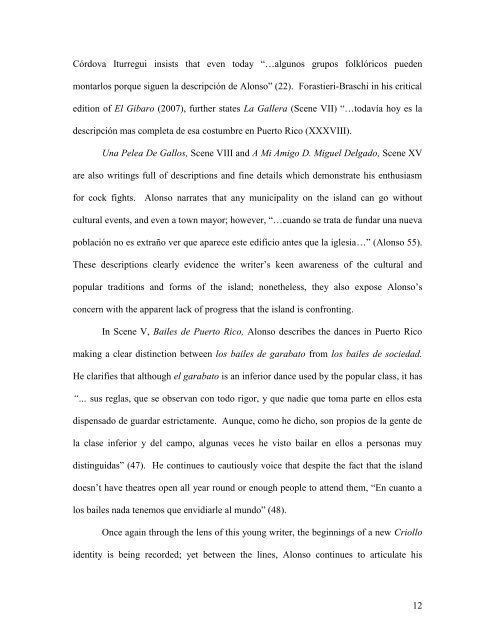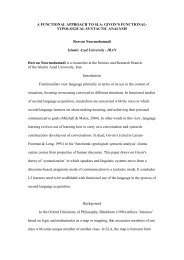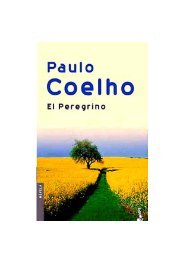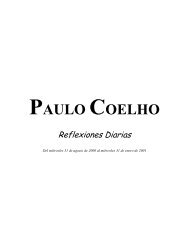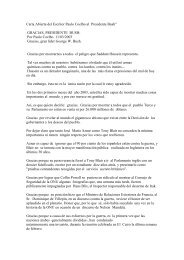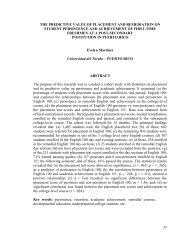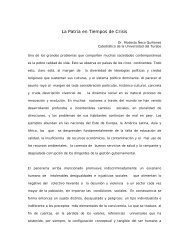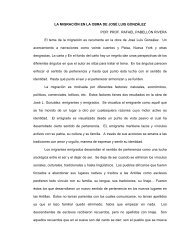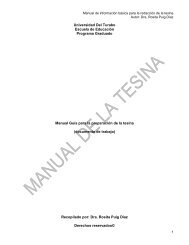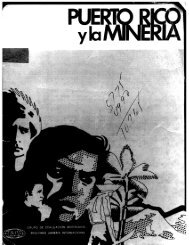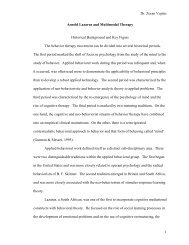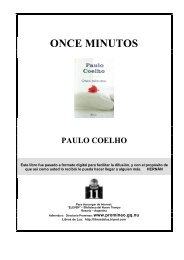Jennet Rodriguez Betancourt
Jennet Rodriguez Betancourt
Jennet Rodriguez Betancourt
Create successful ePaper yourself
Turn your PDF publications into a flip-book with our unique Google optimized e-Paper software.
Córdova Iturregui insists that even today “…algunos grupos folklóricos pueden<br />
montarlos porque siguen la descripción de Alonso” (22). Forastieri-Braschi in his critical<br />
edition of El Gibaro (2007), further states La Gallera (Scene VII) “…todavía hoy es la<br />
descripción mas completa de esa costumbre en Puerto Rico (XXXVIII).<br />
Una Pelea De Gallos, Scene VIII and A Mi Amigo D. Miguel Delgado, Scene XV<br />
are also writings full of descriptions and fine details which demonstrate his enthusiasm<br />
for cock fights. Alonso narrates that any municipality on the island can go without<br />
cultural events, and even a town mayor; however, “…cuando se trata de fundar una nueva<br />
población no es extraño ver que aparece este edificio antes que la iglesia…” (Alonso 55).<br />
These descriptions clearly evidence the writer’s keen awareness of the cultural and<br />
popular traditions and forms of the island; nonetheless, they also expose Alonso’s<br />
concern with the apparent lack of progress that the island is confronting.<br />
In Scene V, Bailes de Puerto Rico, Alonso describes the dances in Puerto Rico<br />
making a clear distinction between los bailes de garabato from los bailes de sociedad.<br />
He clarifies that although el garabato is an inferior dance used by the popular class, it has<br />
“… sus reglas, que se observan con todo rigor, y que nadie que toma parte en ellos esta<br />
dispensado de guardar estrictamente. Aunque, como he dicho, son propios de la gente de<br />
la clase inferior y del campo, algunas veces he visto bailar en ellos a personas muy<br />
distinguidas” (47). He continues to cautiously voice that despite the fact that the island<br />
doesn’t have theatres open all year round or enough people to attend them, “En cuanto a<br />
los bailes nada tenemos que envidiarle al mundo” (48).<br />
Once again through the lens of this young writer, the beginnings of a new Criollo<br />
identity is being recorded; yet between the lines, Alonso continues to articulate his<br />
12


